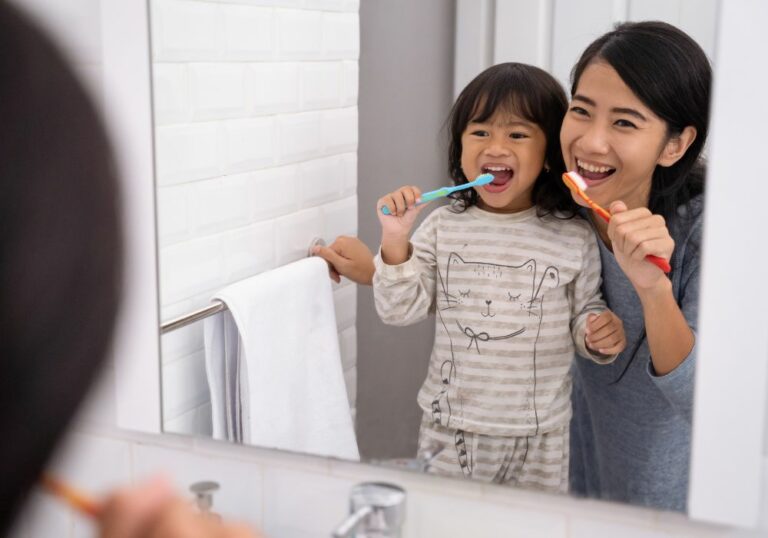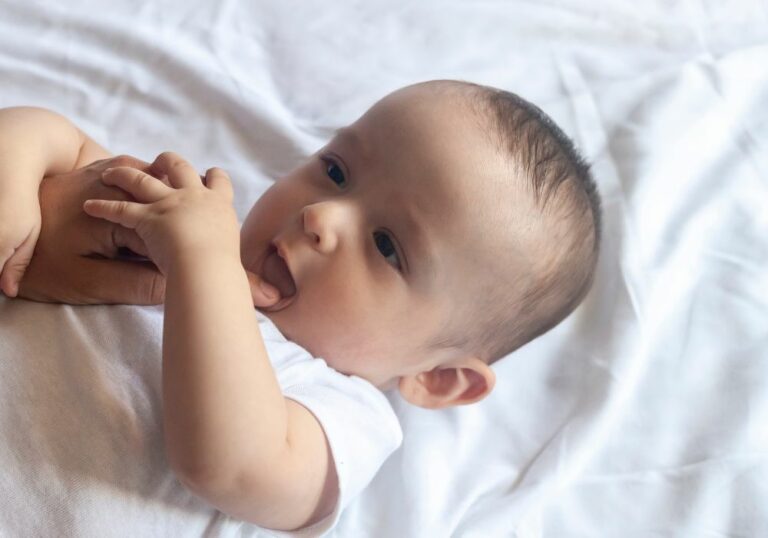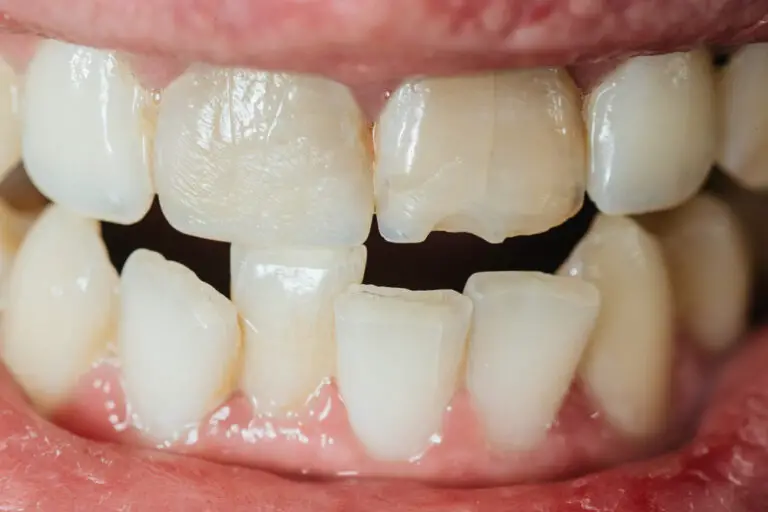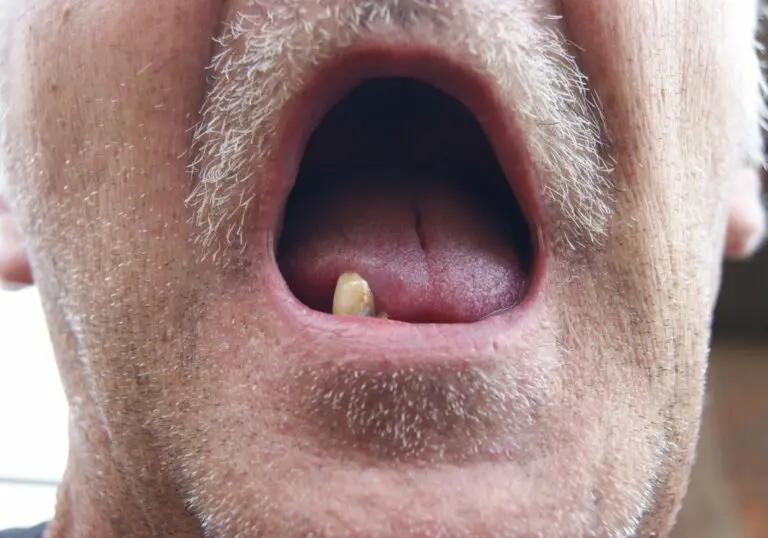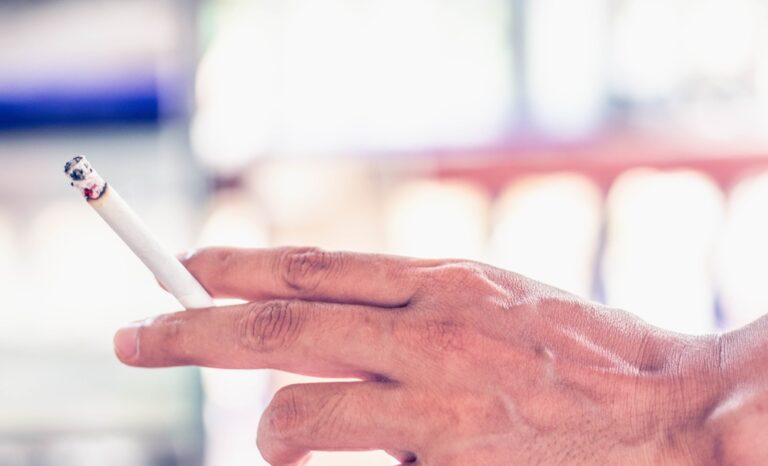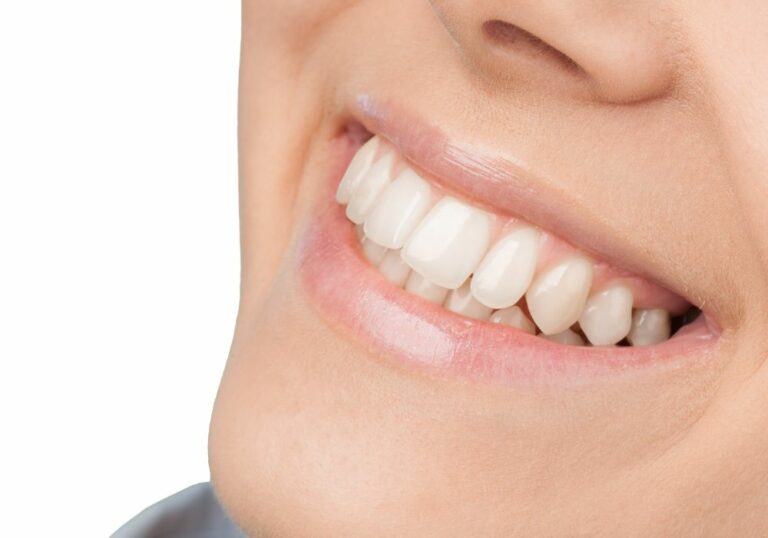Having straight and well-aligned teeth is considered attractive in today’s society. However, archaeological evidence shows that prehistoric hunter-gatherers often had crowded, overlapped, and crooked teeth. Naturally misaligned teeth were the norm throughout human evolution. This raises the puzzling question – why did humans evolve crooked teeth in the first place? There are several interesting theories proposed by anthropologists.
Theories explaining crooked teeth evolution
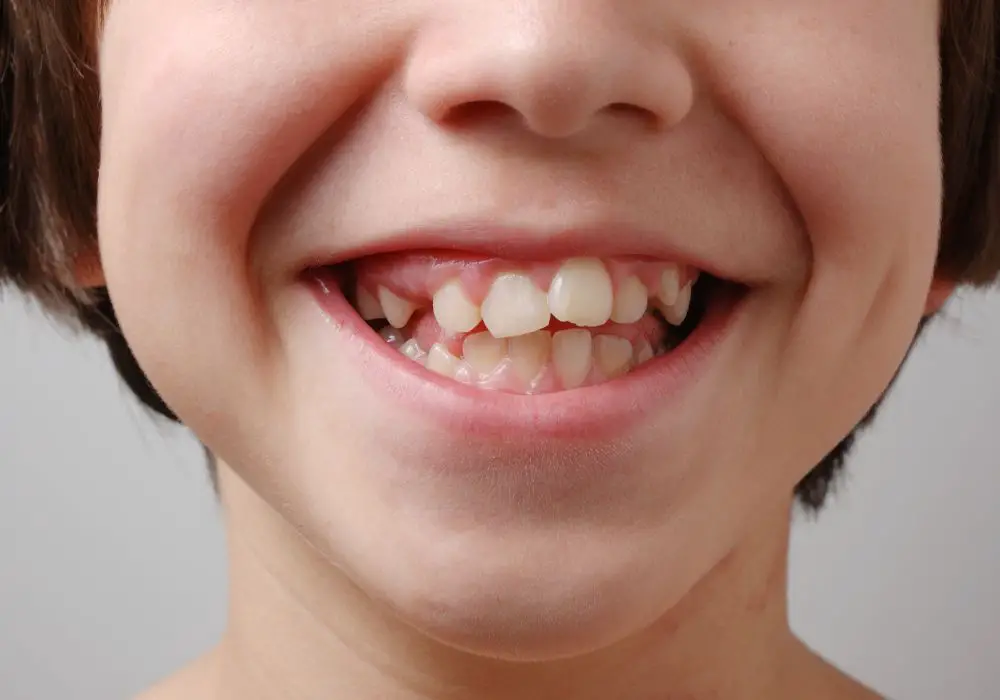
Shrinking jaw sizes
One of the most well-evidenced theories is that the gradual change to a soft, processed diet led to decreased jaw growth and sizes over thousands of years.
- Paleolithic hunter-gatherers consumed very fibrous and tough foods that required extensive chewing and biting force. Their jaws and skulls had to be large and robust enough to accommodate powerful muscles for mastication.
- Beginning around 15,000 to 10,000 years ago, early farming cultures supplemented wild foods with porridges, breads, and soups. Less chewing was needed, allowing jaws to become smaller.
- But while jawbones shrank through evolutionary changes, the sizes of teeth did not reduce proportionally. This mismatch between jaw and tooth sizes left insufficient space for properly aligned teeth.
Genetic and developmental factors
Besides diet, certain genetic and epigenetic influences likely contributed to crooked teeth:
- Studies of genes that control embryonic jaw cartilage and bone growth have identified variants linked to smaller jaws and crowding.
- The RUNX2 gene involved in skull and dental development shows signs of selections in modern humans compared to extinct hominins. Changes in this gene may have impacted jaw size.
- Epigenetic factors switched on by early childhood diet can affect jaw growth and skew tooth alignment. Soft food could genetically downregulate jaw expansion.
- Dental asymmetry arising from developmental disturbances can also displace teeth from their natural positions.
Evolutionary trade-offs
As larger brains evolved in Homo sapiens, the size of the maxilla (upper jaw) became constrained. This reduced space available for properly aligned top teeth. Researchers argue that such trade-offs are common in evolution.
- As the brain tripled in size over human evolution, skulls became larger. The maxilla could not expand forward as much, crunching the space for top teeth.
- Genes linked to speech development expanded cortical areas for language. But this may have suppressed parts of the brain that coordinate jaw and facial sizes, disrupting ideal dental alignment.
- Similarly, as selection acted on genes for muscles, limbs, and brows, dental proportions were compromised. Misaligned teeth were the inadvertent result.
Fossil evidence of crooked teeth
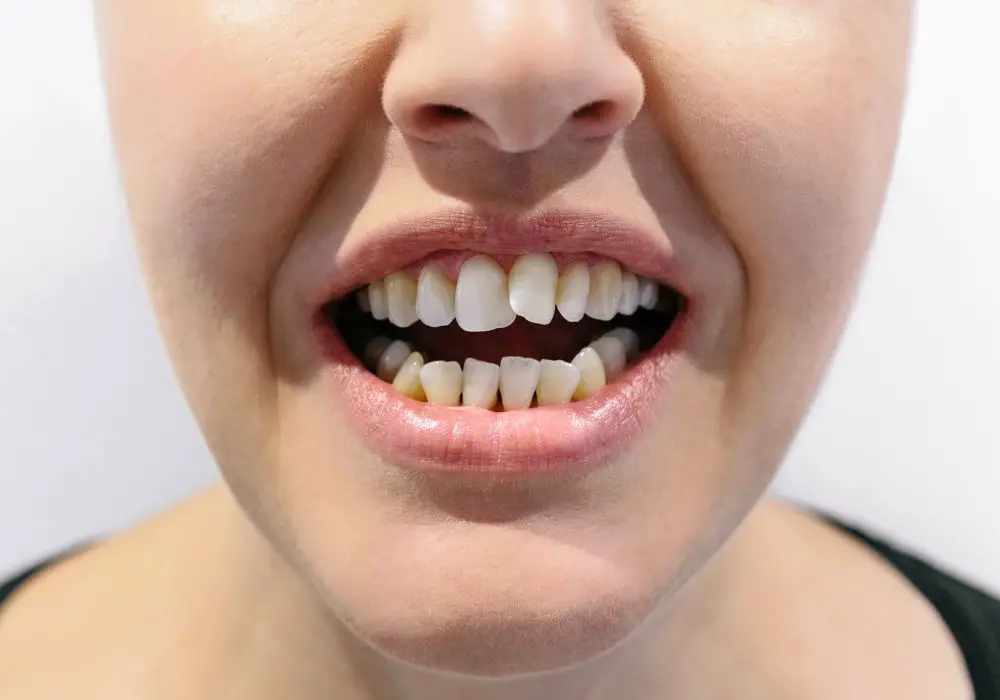
The fossil records provide ample proof that prehistoric hominins commonly had crooked teeth:
- In a 2006 study of 146 skulls from every epoch of human evolution, examiners found uniformly high rates of malocclusion across all time periods. Crowded, overlapping teeth were the norm rather than the exception.
- In a specimen dated 1.6 million years old from Kenya, the tooth rows are misaligned and teeth unevenly spaced. This is before Homo sapiens evolved, showing archaic hominins also had crooked teeth.
- CT scans of intact Neanderthal skulls consistently show heavily crowded, rotated, and displaced teeth. Their close-set jaws could not fit all the teeth properly.
- Anthropologists from the Max Planck Institute performed 3D analyses of jaws and teeth from 400 early Homo sapiens fossils across different regions and time periods. Results confirmed a high prevalence of dental misalignment.
Benefits of crooked teeth
Natural selection tends to favor traits that increase chances of survival. While crooked teeth are problematic today, they may have offered certain selective advantages:
- Backup capacity: Having excess rotated teeth increased backup chewing capacity in case some were damaged or lost.
- Structural support: Irregular contacts between certain teeth may have provided extra structural reinforcement for the skull by distributing strains.
- Oral microbiome: The grooves of crooked teeth harbor diverse microbes. Some of these could have protected early humans against pathogens and toxins.
- Injury risk: Interestingly, having irregular teeth may have reduced risk of traumatic fractures of the jaw from falls or blows. The abnormal contacts provided compression points to absorb shocks.
Worsening of dental crowding
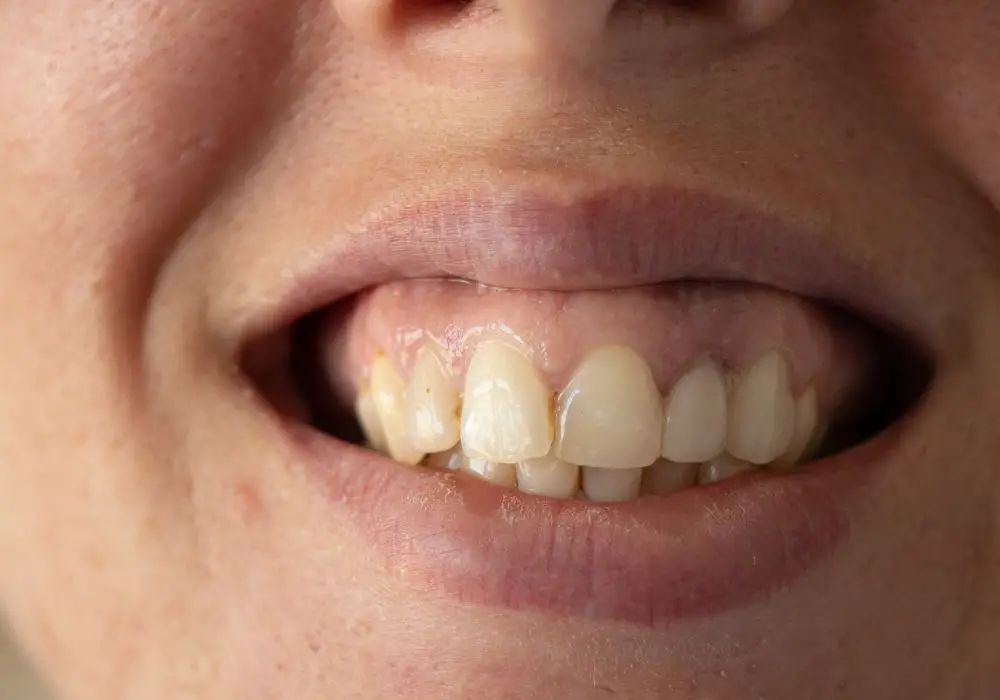
Rates of crooked teeth soared with the agricultural revolution and modernization:
- Around 17% of adults today have impacted wisdom teeth due to lack of space. But hunter-gatherers had less than 2% incidence of impacted wisdom teeth.
- Dental crowding rates doubled from 8-10% in pre-industrial eras to 16-20% in industrial populations according to anthropological studies.
- Contemporary rural communities consuming tougher traditional foods have just 2-6% malocclusion. Urban groups have misalignment rates of 12-25%.
- Accelerated dental development because of highly processed soft foods also promotes crooked teeth. Teeth develop too quickly before the jaws are fully grown.
Corrective treatments
Although crooked teeth are naturally common in humans, they can create problems in bite function, speech, and hygiene. So orthodontic treatments are often needed:
- Braces use applied forces to incrementally move teeth into proper alignment over months or years. Regular adjustments maintain constant pressure.
- Clear aligners like Invisalign are removable plastic trays tailored to fit the teeth. Each aligner moves the teeth slightly and is replaced every 1-2 weeks to gradually shift teeth.
- Headgear appliances attach to orthodontic bands on the teeth and can guide jaw growth or tooth movements by pulling in the desired direction.
- Tooth extraction relieves severe crowding by removing one or more teeth to open up space. The remaining teeth are then realigned with braces.
- Orthognathic surgery can reposition the entire jaw bone into correct alignment with elastics, plates, or screws. This resolves skeletal misalignment issues.
Conclusion
In summary, the evolution of soft diets, smaller jaws, and trade-offs from larger brains resulted in crowded, crooked teeth becoming the norm in humans. Fossil evidence confirms that dental misalignments were common throughout prehistory. Corrective orthodontics is often required today to fix crooked teeth for cosmetic and functional reasons.
Frequently Asked Questions
How do we know ancient humans had crooked teeth?
Examination of intact fossil skulls as well as CT scans clearly reveals crowded, overlapped, and rotated teeth in archaic hominins and early Homo sapiens. High rates of malocclusion are confirmed across populations from different regions and time periods.
Why didn’t evolution select for straight teeth?
Crooked teeth likely had certain survival benefits for early humans such as backup chewing capacity. They were an inadvertent result of evolutionary trade-offs as features like the brain expanded. So there was low selective pressure for perfectly straight teeth.
Is there a genetic or environmental cause?
Both genetic mutations affecting jaw and tooth development as well as environmental factors like diet contribute to crooked teeth. But no single gene or factor fully accounts for malocclusion. It arose from a combination of small cumulative changes over thousands of years.
How can crooked teeth be fixed today?
Orthodontic treatments like braces and clear aligners are the most common and effective approaches to realign crooked teeth. In severe misalignment cases, orthognathic jaw surgery may be done along with orthodontics. Regular dental care can also prevent worsening of crowding.
Do hunter-gatherers today have straighter teeth?
Studies consistently show that contemporary groups like the Inuit who maintain traditional tough diets have the lowest rates of crooked teeth and crowding. Their jaws remain larger and can accommodate all the teeth aligned properly.

